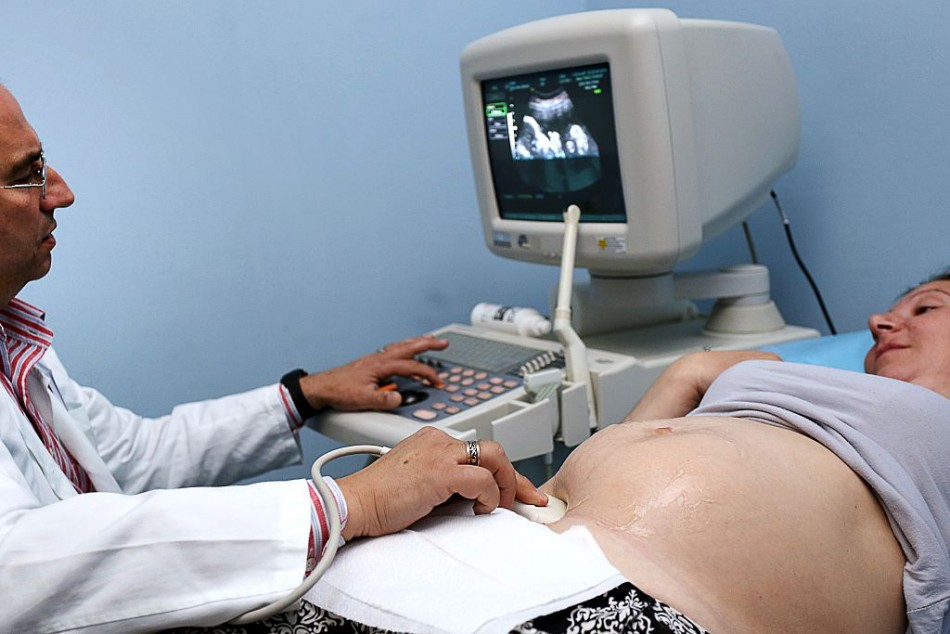Novel Kind of Nanoparticle Can Support Identifying An Ectopic Pregnancy: Study

Researchers at Oregon State University have put together a proof of concept for a new and better way of caring for women who are faced with the life-threatening situation of ectopic pregnancy. That condition happens when a fertilized egg implants somewhere other than the lining of the woman's uterus.
Leslie Myatt of Oregon Health & Science and Olena Taratula of the OSU College of Pharmacy and University led a team of researchers in the groundbreaking study, using pregnant mice to develop a novel nanomedicine technique for not only diagnosing but also ending ectopic pregnancies.
These pregnancies are dangerous for mothers as apart from being non-viable, they are also the leading cause of maternal death in the first trimester. The scientists' findings were recently published in the journal Small.
100,000 ectopic pregnancies occur in the U.S. annually
According to the study's authors, the research is important because 2 percent of all pregnancies in the United States are ectopic. That translates to approximately 100,000 ectopic pregnancies in the country annually. In addition, between 1% and 2% of pregnancies worldwide are ectopic as well.
About 98 percent of ectopic implantations occur in the fallopian tubes, putting pregnant women at risk of both hemorrhage and death. Complicating matters for pregnant women are a high misdiagnosis frequency with ultrasound yielding an incorrect diagnosis 40 percent of the time. Combine that with a 10 percent failure rate of the primary drug, methotrexate, which is used to end an ectopic pregnancy and that could lead to a disaster for them.
Taratula said that roughly 70 women in the United States die each year from ectopic pregnancies, which are responsible for 10 percent of all pregnancy-related deaths. She added that women who survive often struggle with a range of issues resulting from treatment and diagnosis.
She said that current strategies for ectopic pregnancies include treatment with methotrexate, attempted diagnosis with transvaginal ultrasound, and surgery if necessary. The strategies employed by doctors are associated with the risk of tubal rupture, reduced fertility as well as increased risk of another ectopic pregnancy. Studies have shown that a woman who has had one ectopic pregnancy is 10 percent more likely to have a second one.
Read Also: Measles Outbreak Sickens More Than a Dozen Unvaccinated Kids in Ohio
Nanoparticles to help in diagnosis and treatment of ectopic pregnancies
Even when methotrexate is effective, the drug comes with a range of potential side effects, including elevated liver enzymes, kidney damage, nausea, vomiting, diarrhea and lung disease, according to Phys.org.
Myatt and Maureen Baldwin of OHSU, as well as Olena and Oleh Taratula of the OSU College of Pharmacy, led a collaboration that developed a new type of light-sensitive nanoparticle to meet the challenges that diagnosing and treating ectopic pregnancies entail.
The new nanoparticles, which are as small as one-billionth of a meter, are administered intravenously. They accumulate in the placenta, which nourishes and maintains the pregnant woman's fetus through the umbilical cord. Olena said that effective detection of the growing placenta would drastically improve the timely and accurate identification of ectopic pregnancy by using this nanotechnology.
Related Article: Rihanna Says Being a Mother Inspired Her to Do 2023 Super Bowl Halftime Show
© 2024 ParentHerald.com All rights reserved. Do not reproduce without permission.
